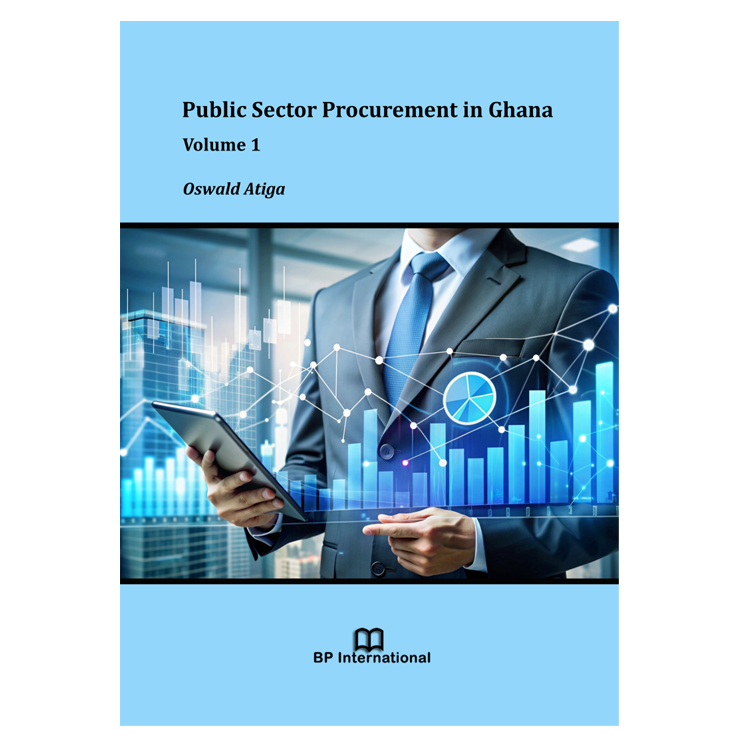The major public procurement reforms within Ghana’s public procurement sector that resulted in the promulgation of Act 663 of 2003, and its subsequent amendments commenced in the Mid 90s spanning the early 2000s. Fundamental to these public sector procurement reforms was the pivotal role played by the World Bank resulting in the production of the Country Procurement Assessment Reports of 1996 and 2001. After the Presidential assent of Act 663 of 2003, this law has sought to guide the harmonious implementation or conduct of public procurement across Ghana’s public sector. This law seeks to ensure the application of transparency, ethics, accountability, and above all the professional conduct of public sector procurement in Ghana with the overall objective of achieving value for money. The law has made provision for various procurement methods such as competitive tendering which involves National Competitive Tendering (NCT) and International Competitive Tendering (ICT), Restricted Tendering, Two-stage Tendering, Single source Tendering, Request for Quotations and Request for Proposals.
Day in and day out, requests for tenders inundate the Daily Graphic, Ghana’s most extensively circulated and arguably the most widely read newspaper in the country. These requests for tenders are an ample demonstration of how far Ghana’s public procurement sector experiment has advanced since the late 90s to date. Though the amendment to Act 663 of (2003) 914 (2016) has introduced sustainability into the public procurement ecosystem, the question that keeps seeking answers is whether its introduction is just for convenience, the introduction of a topical nomenclature or we really mean to take sustainable procurement to a serious level as a nation? It is an undeniable fact that some significant progress within the public procurement space has been made, however, it is also an accepted fact that still more needs to be done going forward.





